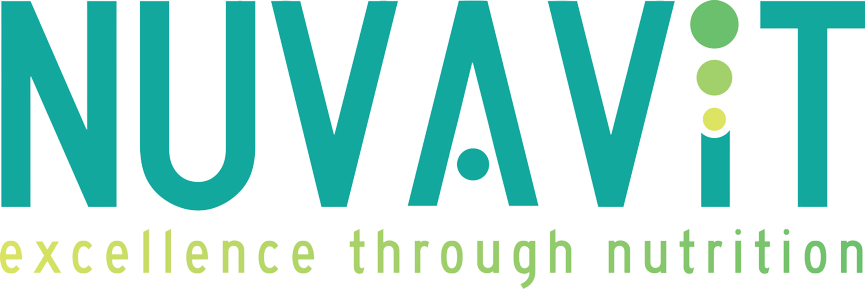








How to use
It can be administered in cases where supplementary feeding is indicated to support the liver function, proper estrus interval and to support reproductivity. It is recommended especially in dairy cows, sheep and goats during first phase of lactation where energy and nutrients requirements related to metabolism are increased due to the intense metabolic rate and oxidative stress, stimulating better reproductivity and immune function.
Dosage:
Sheep and goats: 200 ml/animal/day,
Cows: 1L/animal/day,
Horses: 1L/animal/day
Other mammals: 300 ml/animal/day
Recommended time of usage: up to 20 days.*
* Please take the advice of a Nutrition expert or your Vet.
Shake well before use
The transition period between the close-up to early lactation period of dairy cows characterized by negative energy balance because nutrients and energy supplied are insufficient to meet the rapid and high demands for milk production which initiates fat mobilization, resulting in increased circulation of non-esterified fatty acids (N.E.F.A, Waltner et al., 1993). A complex of consequences follows with approximately 25% of NEFA taken up by the liver and subsequently oxidized to CO₂, ketone bodies, or re-esterified into triglyceride (T.G, Sejersen et al., 2012). If T.G formation exceeds the capacity for secretion, T.G accumulates in the liver and leads to cases of fatty liver syndrome with enzymes of β-oxidation being downregulated, suggesting a diminished degradation of fatty acids with further increase of liver fat content (Kuhla et al., 2009). While oxidative stress increases, dairy cows' immune function is hampered (Kuhla et al., 2007) with cows most of the time found to be under subclinical ketosis also associated with further inflammation (Yang et al., 2012). Adipose tissue reserves hold a crucial role during the periparturient period, providing glycerol and N.E.F.A as energy sources to other organs. Besides its metabolic function, adipose tissue is an active endocrine organ which secretes a range of cytokines regulating metabolism, feed intake and inflammation. A high body condition score (BCS), reflecting great amounts of stored adipose tissue and often associated with lower levels of feed intake, both antepartum and postpartum (Kuhla et al., 2016). Vitamins A, E and β-carotene contribute as antioxidants for optimal immune function (Sordillo, 2016). Although studies show that vitamin requirements for immune or antioxidant functions appear to be greater than those for milk production (Weiss, 1998), increased milk production during the periparturient period can result in excessive accumulation of reactive oxygen species along with a corresponding decrease in antioxidants (β-carotene and vitamins A and E), which can cause oxidative stress (Sordillo, 2005; Abuelo et al., 2015). Health status, antioxidant activity, productivity and reproductive performance can be associated with the degree of liver functionality.

